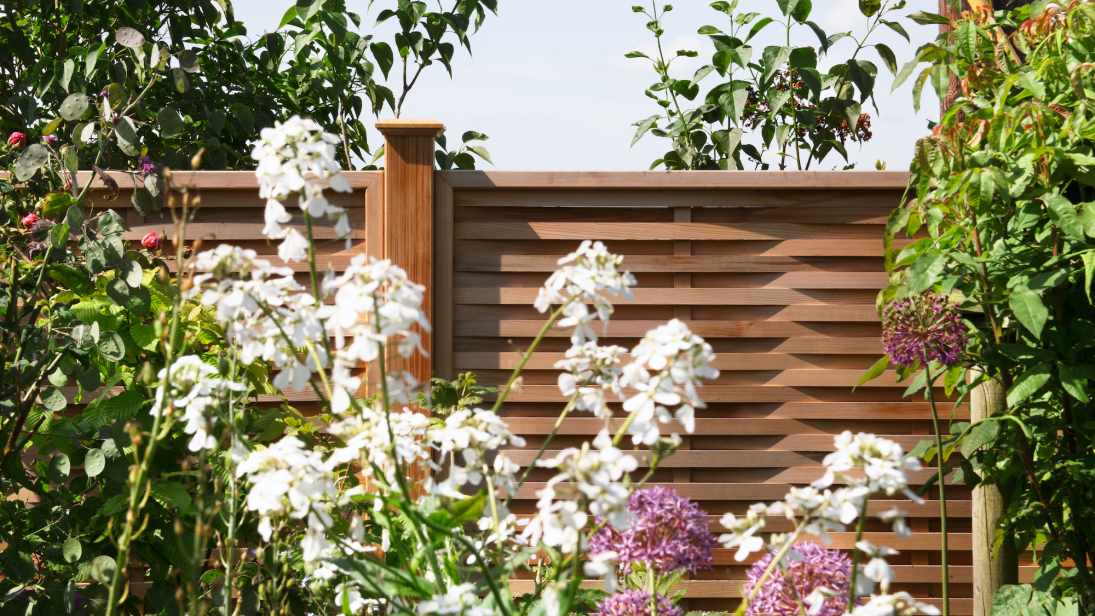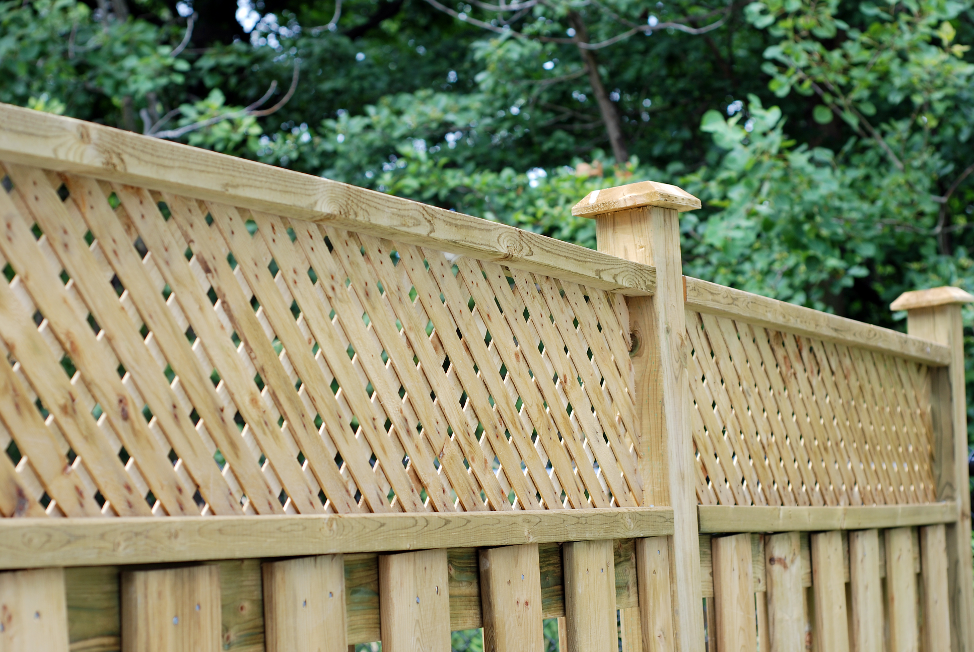All Categories
Featured

As businesses and property owners alike become much more environmentally aware, discovering eco-friendly and sustainable secure fencing products is an important consideration. Whether you're seeking to build a fence for personal privacy, security, or aesthetic charm, picking materials that decrease your ecological footprint can assist safeguard the world. In this post, we will certainly check out several environment-friendly fencing choices, each offering unique advantages for your property and the atmosphere.
- Bamboo Fence: A Renewable Source. Bamboo is commonly acknowledged as one of the most environment-friendly and sustainable secure fencing products readily available today. As a turf instead of a tree, bamboo grows quickly and can get to full maturation in simply 3 to 5 years, making it an extremely sustainable resource.
Ecological Benefits: Bamboo takes in much more carbon dioxide than lots of other plants, helping balance out greenhouse gases. In addition, bamboo requires very little pesticides and fertilizers, making it a healthier choice for the setting. Toughness: Properly treated bamboo is immune to pests and dampness, indicating it can withstand the elements better than other timber choices. Visual Charm: Bamboo provides a clean, contemporary appearance that works well with various landscape design styles, from exotic yards to modern urban styles. While bamboo fencing is resilient, it does call for proper care to preserve its durability, such as normal cleansing and regular sealing.
- Recycled Wood Fencing: Granting New Life to Old Materials. Recycled timber is an exceptional green choice for those that want the natural beauty of wood secure fencing without contributing to deforestation. This material is frequently sourced from old buildings, pallets, or various other repurposed wood products, decreasing the need for freshly harvested wood.

Environmental Advantages: Using reclaimed wood assists decrease the need to lower new trees and can additionally protect against beneficial materials from winding up in garbage dumps. Longevity: Relying on the sort of timber and therapy it gets, recycled wood fencings can be simply as sturdy as brand-new timber, especially if preserved properly with sealants and weatherproofing. Visual Charm: Recycled timber fences carry a rustic beauty and can be tarnished or painted to fit your individual style. The major consideration with recycled wood is its upkeep. Gradually, wood can come to be prone to rot, insect damage, and weathering, so regular maintenance is required to prolong the life of your fence.
- Metal Fence: Recyclable and long lasting. Light weight aluminum and steel secure fencing, particularly when sourced from recycled products, supplies a strong, green alternative to typical timber secure fencing. These steels are 100% recyclable, indicating they can be repurposed indefinitely without losing high quality.

Environmental Advantages: Steels like light weight aluminum and steel decrease the need for brand-new mining and resources removal, both of which have considerable environmental influences. Furthermore, recycling metals requires less energy contrasted to developing brand-new metal from raw products. Longevity: Steel fences are exceptionally solid, immune to weathering, and call for little upkeep compared to wood alternatives. Visual Charm: Steel fencings can be developed in streamlined, contemporary designs, or even more conventional looks, giving convenience for any residential or commercial property. While steel fences are low-maintenance and durable, they are not as effective at supplying privacy contrasted to timber or plastic options because of the spaces in between the slats or bars.
- Living Fencings: All-natural and Eco-friendly. Living fencings, made from dense bushes, hedges, or trees, offer a eco pleasant and natural option to traditional fencing. Not only do they produce a privacy obstacle, yet they likewise add to the atmosphere by sustaining wild animals and boosting air high quality.
Environmental Advantages: Living fencings soak up carbon dioxide, improve dirt top quality, and give environments for birds and various other wild animals. Additionally, they lower sound pollution and improve air high quality by filtering toxins. Durability: While living fencings require more maintenance than other products (e.g., trimming, watering), they can be incredibly durable if correctly maintained. Aesthetic Charm: Living fencings create an attractive, natural border that enhances the landscape and provides a distinct and organic look compared to standard fencing alternatives. The key downside of living fencings is that they need ongoing maintenance and care, including normal trimming and parasite control.
- Hemp Fencing: Strong and Sustainable. Hemp is a fast-growing and eco-friendly plant that can be utilized to create solid, environment-friendly fencing. Hemp secure fencing is made from all-natural hemp fibers, which are sturdy, naturally degradable, and immune to insects.
Environmental Benefits: Hemp proliferates and requires little water or pesticides. It also helps sequester carbon, minimizing greenhouse gases in the ambience. Once the fence is no longer needed, hemp is naturally degradable and can be composted. Longevity: Hemp is naturally resistant to mold and bugs, which assists it withstand numerous climate condition and stay clear of using severe chemicals. Sustainability: Hemp farming is much less resource-intensive contrasted to various other crops and helps preserve dirt health via plant rotation. Hemp fences are a fairly brand-new choice on the market, and they may not be as extensively available as other products. Furthermore, they might not be as generally made use of for high-security applications.
Conclusion: Select Eco-Friendly Fencing for a Sustainable Future. There are numerous environment-friendly secure fencing products to consider, each offering unique advantages for your residential property and the atmosphere. Whether you pick bamboo, recycled wood, metal, living fences, or hemp, each alternative permits you to produce a practical and beautiful border while decreasing your environmental footprint. By choosing lasting materials, you add to a greener future and support the expanding movement towards responsible building and landscape design methods.
Latest Posts
Check Out the Best Auto Repair Coupons in Montclare, Chicago
Published May 24, 25
1 min read
Secure Your Financial Investment with Specialist Seamless Gutter Setup
Published May 20, 25
1 min read
How Chicago Drivers Trust Montclare Auto Repair for Trusted Service and Great Savings
Published May 20, 25
1 min read
More
Latest Posts
Check Out the Best Auto Repair Coupons in Montclare, Chicago
Published May 24, 25
1 min read
Secure Your Financial Investment with Specialist Seamless Gutter Setup
Published May 20, 25
1 min read
How Chicago Drivers Trust Montclare Auto Repair for Trusted Service and Great Savings
Published May 20, 25
1 min read